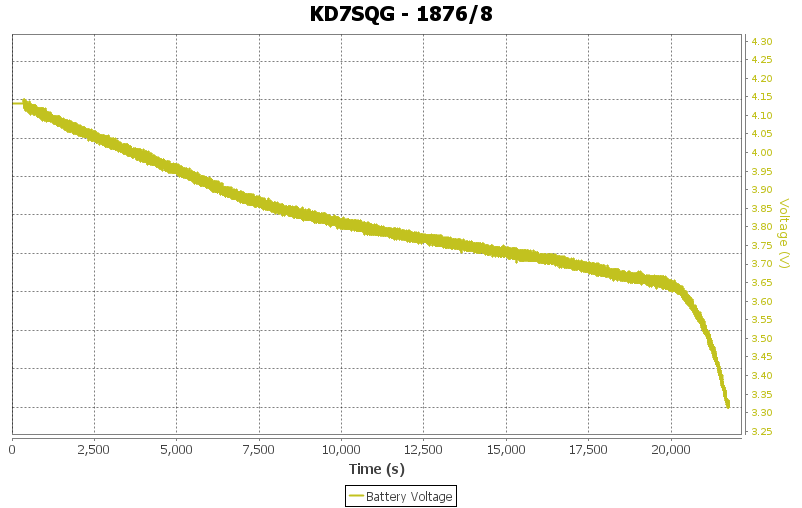
Reworking Intel Glamor
The original Intel driver Glamor support was based on the notion that
it would be better to have the Intel driver capture any fall backs and
try to make them faster than Glamor could do internally. Now that
Glamor has reasonably complete acceleration, and its fall backs aren t
terrible, this isn t as useful as it once was, and because this uses
Glamor in a weird way, we re making the Glamor code harder to maintain.
Fixing the Intel driver to
not use Glamor in this way took a bit of
effort; the UXA support is all tied into the overall operation of the
driver.
Separating out UXA functions
The first task was to just identify which functions were UXA-specific
by adding _uxa to their names. A couple dozen sed runs and now a
bunch of the driver is looking better.
Next, a pile of UXA-specific functions were actually inside the
non-UXA parts of the code. Those got moved out, and a new
intel_uxa.h file was created to hold all of the definitions.
Finally, a few non UXA-specific functions were actually in the uxa
files; those got moved over to the generic code.
Removing the Glamor paths in UXA
Each one of the UXA functions had a little piece of code at the top
like:
if (uxa_screen->info->flags & UXA_USE_GLAMOR)
int ok = 0;
if (uxa_prepare_access(pDrawable, UXA_GLAMOR_ACCESS_RW))
ok = glamor_fill_spans_nf(pDrawable,
pGC, n, ppt, pwidth, fSorted);
uxa_finish_access(pDrawable, UXA_GLAMOR_ACCESS_RW);
if (!ok)
goto fallback;
return;
Pulling those out shrank the UXA code by quite a bit.
Selecting Acceleration (or not)
The intel driver only supported UXA before; Glamor was really just a
slightly different mode for UXA. I switched the driver from using a
bit in the UXA flags to having an accel variable which could be one of
three options:
- ACCEL_GLAMOR.
- ACCEL_UXA.
- ACCEL_NONE
I added ACCEL_NONE to give us a dumb frame buffer mode. That actually
supports DRI3 so that we can bring up Mesa and run it under X before
we have any acceleration code ready; avoiding a dependency loop when
doing new hardware. All that it requires is a kernel that offers
mode setting and buffer allocation.
Initializing Glamor
With UXA no longer supporting Glamor, it was time to plug the Glamor
support into the top of the driver. That meant changing a bunch of the
entry points to select appropriate Glamor or UXA functionality,
instead of just calling into UXA. So, now we ve got lots of places
that look like:
switch (intel->accel)
#if USE_GLAMOR
case ACCEL_GLAMOR:
if (!intel_glamor_create_screen_resources(screen))
return FALSE;
break;
#endif
#if USE_UXA
case ACCEL_UXA:
if (!intel_uxa_create_screen_resources(screen))
return FALSE;
break;
#endif
case ACCEL_NONE:
if (!intel_none_create_screen_resources(screen))
return FALSE;
break;
Using a switch means that we can easily elide code that isn t wanted
in a particular build. Of course accel is an enum, so places which
are missing one of the required paths will cause a compiler warning.
It s not all perfectly clean yet; there are piles of UXA-only paths
still.
Making It Build Without UXA
The final trick was to make the driver build without UXA turned on;
that took several iterations before I had the symbols sorted out
appropriately.
I built the driver with various acceleration options and then tried to
count the lines of source code. What I did was just list the source
files named in the driver binary itself. This skips all of the header
files and the render program source code, and ignores the fact that
there are a bunch of #ifdef s in the uxa directory selecting between
uxa, glamor and none.
Accel Lines Size(B)
----------- ------ -------
none 7143 73039
glamor 7397 76540
uxa 25979 283777
sna 118832 1303904
none legacy 14449 152480
glamor legacy 14703 156125
uxa legacy 33285 350685
sna legacy 126138 1395231
The legacy addition supports i810-class hardware, which is needed
for a complete driver.
Along The Way, Enable Tiling for the Front Buffer
While hacking the code, I discovered that the initial frame buffer
allocated for the screen was created without tiling

because a few
parameters that depend on the GTT size were not initialized until
after that frame buffer was allocated. I haven t analyzed what effect
this has on performance.
Page Flipping and Resize
Page flipping (or just flipping) means switching the entire display
from one frame buffer to another. It s generally the fastest way of
updating the screen as you don t have to copy any bits.
The trick with flipping is that a client hands you a random
pixmap and you need to stuff that into the KMS API. With UXA, that s
pretty easy as all pixmaps are managed through the UXA API which knows
which underlying kernel BO is tied with each pixmap. Using Glamor,
only the underlying GL driver knows the mapping. Fortunately (?), we
have the EGL Image extension, which lets us take a random GL texture
and turn it into a file descriptor for a DMA-BUF kernel object. So, we
have this cute little dance:
fd = glamor_fd_from_pixmap(screen,
pixmap,
&stride,
&size);
bo = drm_intel_bo_gem_create_from_prime(intel->bufmgr, fd, size);
close(fd);
intel_glamor_get_pixmap(pixmap)->bo = bo;
That last bit remembers the bo in some local memory so we don t have to
do this more than once for each pixmap. glamor
fdfrom
pixmap ends up
calling eglCreateImageKHR followed by gbmbo_import and then a kernel
ioctl to convert a prime handle into an fd. It s all quite
round-about, but it does seem to work just fine.
After I d gotten Glamor mostly working, I tried a few OpenGL
applications and discovered flipping wasn t working. That turned out
to have an unexpected consequence all full-screen applications
would run flat-out, and not be limited to frame rate. Present
recovers from a failed flip queue operation by immediately
performing a CopyArea; not waiting for vblank. This needs to get fixed
in Present by having it re-queued the CopyArea for the right
time. What I did in the intel driver was to add a bunch more checks
for tiling mode, pixmap stride and other things to catch pixmaps that
were going to fail before the operation was queued and forcing them to
fall back to CopyArea at the right time.
The second adventure was with XRandR. Glamor has an API to fix up the
screen pixmap for a new frame buffer, but that pulls the size of the
frame buffer out of the pixmap instead of out of the screen. XRandR
leaves the pixmap size set to the old screen size during this call;
fixing that just meant getting the pixmap size set correctly before
calling into glamor. I think glamor should get fixed to use the screen
size rather than the pixmap size.
Painting Root before Mode set
The X server has generally done initialization in one order:
- Create root pixmap
- Set video modes
- Paint root window
Recently, we ve added a -background none option to the X server
which causes it to set the root window background to none and have the
driver fill in that pixmap with whatever contents were on the screen
before the X server started.
In a pre-Glamor world, that was done by hacking the video driver to
copy the frame buffer console contents to the root pixmap as it was
created. The trouble here is that the root pixmap is created long
before the upper layers of the X server are ready for drawing, so you
can t use the core rendering paths. Instead, UXA had kludges to call
directly into the acceleration functions.
What we
really want though is to change the order of operations:
- Create root pixmap
- Paint root window
- Set video mode
That way, the normal root window painting operation will take care of
getting the image ready before that pixmap is ever used for
scanout. I can use regular core X rendering to get the original
frame buffer contents into the root window, and even if we re not
using -background none and are instead painting the root with some
other pattern (like the root weave), I get that presented without an
intervening black flash.
That turned out to be really easy just delay the call to
I830EnterVT (which sets the modes) until the server is actually
running. That required one additional kludge I needed to tell the
DIX level RandR functions about the new modes; the mode setting
operation used during server init doesn t call up into RandR as RandR
lists the current configuration after the screen has been initialized,
which is when the modes used to be set.
Calling xf86RandR12CreateScreenResources does the trick
nicely. Getting the root window bits from fbcon, setting video modes
and updating the RandR/Xinerama DIX info is now all done from the
BlockHandler the first time it is called.
Performance
I ran the current glamor version of the intel driver with the master
branch of the X server and there were not any huge differences since
my last Glamor performance evaluation aside from GetImage. The reason
is that UXA/Glamor never called Glamor s image functions, and the UXA
GetImage is pretty slow. Using Mesa s image download turns out
to have a huge performance benefit:
1. UXA/Glamor from April
2. Glamor from today
1 2 Operation
------------ ------------------------- -------------------------
50700.0 56300.0 ( 1.110) ShmGetImage 10x10 square
12600.0 26200.0 ( 2.079) ShmGetImage 100x100 square
1840.0 4250.0 ( 2.310) ShmGetImage 500x500 square
3290.0 202.0 ( 0.061) ShmGetImage XY 10x10 square
36.5 170.0 ( 4.658) ShmGetImage XY 100x100 square
1.5 56.4 ( 37.600) ShmGetImage XY 500x500 square
49800.0 50200.0 ( 1.008) GetImage 10x10 square
5690.0 19300.0 ( 3.392) GetImage 100x100 square
609.0 1360.0 ( 2.233) GetImage 500x500 square
3100.0 206.0 ( 0.066) GetImage XY 10x10 square
36.4 183.0 ( 5.027) GetImage XY 100x100 square
1.5 55.4 ( 36.933) GetImage XY 500x500 square
Running UXA from today the situation is even more dire; I suspect that
enabling tiling has made CPU reads through the GTT even worse than
before?
1: UXA today
2: Glamor today
1 2 Operation
------------ ------------------------- -------------------------
43200.0 56300.0 ( 1.303) ShmGetImage 10x10 square
2600.0 26200.0 ( 10.077) ShmGetImage 100x100 square
130.0 4250.0 ( 32.692) ShmGetImage 500x500 square
3260.0 202.0 ( 0.062) ShmGetImage XY 10x10 square
36.7 170.0 ( 4.632) ShmGetImage XY 100x100 square
1.5 56.4 ( 37.600) ShmGetImage XY 500x500 square
41700.0 50200.0 ( 1.204) GetImage 10x10 square
2520.0 19300.0 ( 7.659) GetImage 100x100 square
125.0 1360.0 ( 10.880) GetImage 500x500 square
3150.0 206.0 ( 0.065) GetImage XY 10x10 square
36.1 183.0 ( 5.069) GetImage XY 100x100 square
1.5 55.4 ( 36.933) GetImage XY 500x500 square
Of course, this is all just x11perf, which doesn t represent real
applications at all well. However, there are applications which end up
doing more GetImage than would seem reasonable, and it s nice to have
this kind of speed up.
Status
I m running this on my crash box to get some performance numbers and
continue testing it. I ll switch my desktop over when I feel a bit
more comfortable with how it s working. But, I think it s feature
complete at this point.
Where s the Code
As usual, the code is in my personal repository. It s on the glamor
branch.
git://people.freedesktop.org/~keithp/xf86-video-intel glamor
 AltOS 1.6.3
Bdale and I are pleased to announce the release of
AltOS version 1.6.3.
AltOS is the core of the software
for all of the Altus Metrum products. It
consists of firmware for our cc1111, STM32L151, STMF042, LPC11U14 and ATtiny85
based electronics and Java-based ground station software.
Version 1.6.3 adds idle mode to AltosDroid and has bug fixes
for our host software on desktops, laptops an android devices
along with BlueTooth support for Windows.
1.6.3 is in Beta test for Android; if you want to use the beta
version, join the AltosDroid beta program
AltOS
AltOS fixes:
AltOS 1.6.3
Bdale and I are pleased to announce the release of
AltOS version 1.6.3.
AltOS is the core of the software
for all of the Altus Metrum products. It
consists of firmware for our cc1111, STM32L151, STMF042, LPC11U14 and ATtiny85
based electronics and Java-based ground station software.
Version 1.6.3 adds idle mode to AltosDroid and has bug fixes
for our host software on desktops, laptops an android devices
along with BlueTooth support for Windows.
1.6.3 is in Beta test for Android; if you want to use the beta
version, join the AltosDroid beta program
AltOS
AltOS fixes:
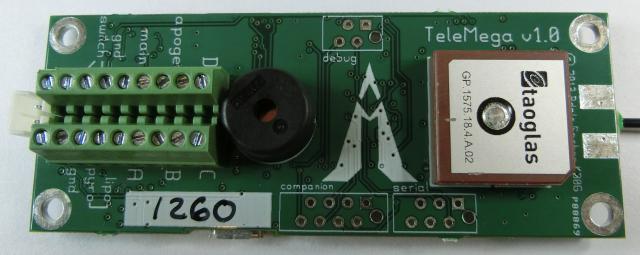


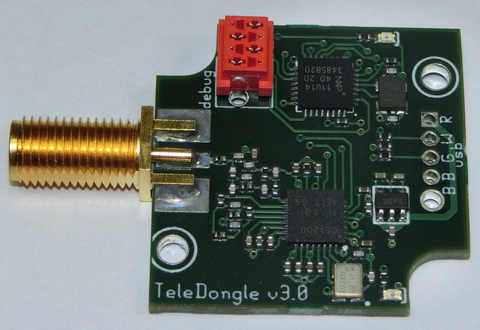
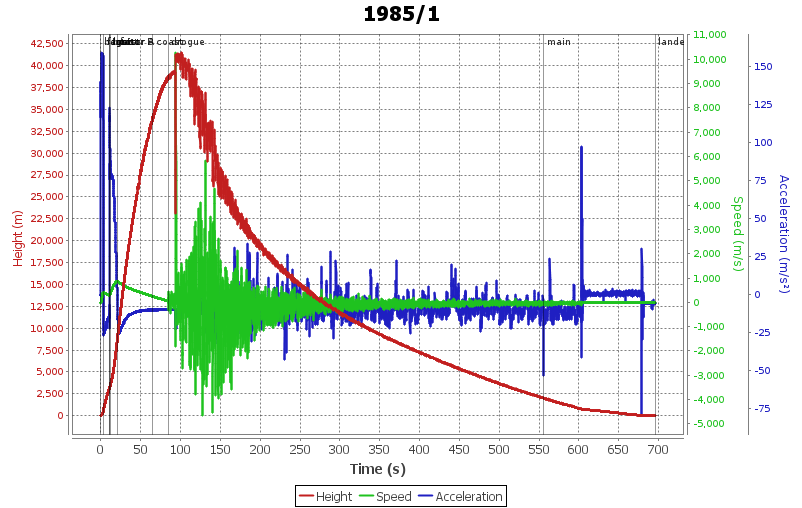
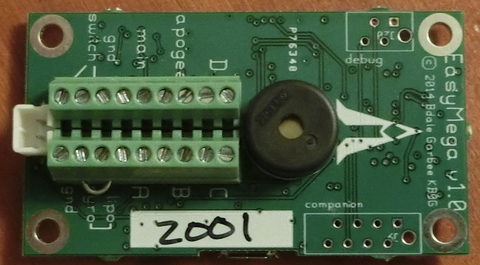
 because a few
parameters that depend on the GTT size were not initialized until
after that frame buffer was allocated. I haven t analyzed what effect
this has on performance.
Page Flipping and Resize
Page flipping (or just flipping) means switching the entire display
from one frame buffer to another. It s generally the fastest way of
updating the screen as you don t have to copy any bits.
The trick with flipping is that a client hands you a random
pixmap and you need to stuff that into the KMS API. With UXA, that s
pretty easy as all pixmaps are managed through the UXA API which knows
which underlying kernel BO is tied with each pixmap. Using Glamor,
only the underlying GL driver knows the mapping. Fortunately (?), we
have the EGL Image extension, which lets us take a random GL texture
and turn it into a file descriptor for a DMA-BUF kernel object. So, we
have this cute little dance:
because a few
parameters that depend on the GTT size were not initialized until
after that frame buffer was allocated. I haven t analyzed what effect
this has on performance.
Page Flipping and Resize
Page flipping (or just flipping) means switching the entire display
from one frame buffer to another. It s generally the fastest way of
updating the screen as you don t have to copy any bits.
The trick with flipping is that a client hands you a random
pixmap and you need to stuff that into the KMS API. With UXA, that s
pretty easy as all pixmaps are managed through the UXA API which knows
which underlying kernel BO is tied with each pixmap. Using Glamor,
only the underlying GL driver knows the mapping. Fortunately (?), we
have the EGL Image extension, which lets us take a random GL texture
and turn it into a file descriptor for a DMA-BUF kernel object. So, we
have this cute little dance:
